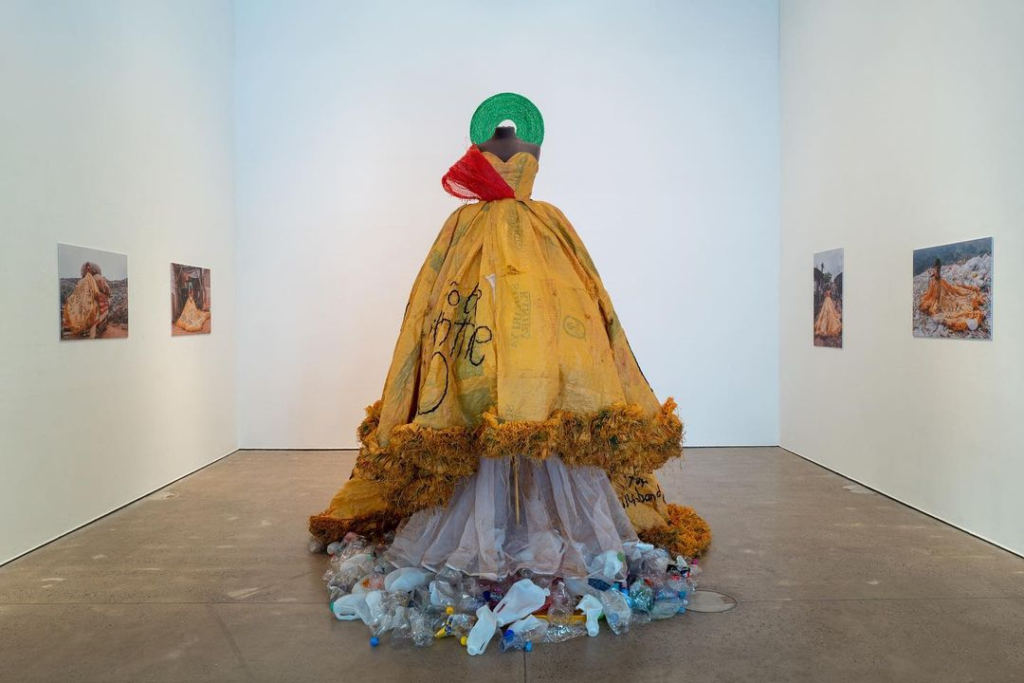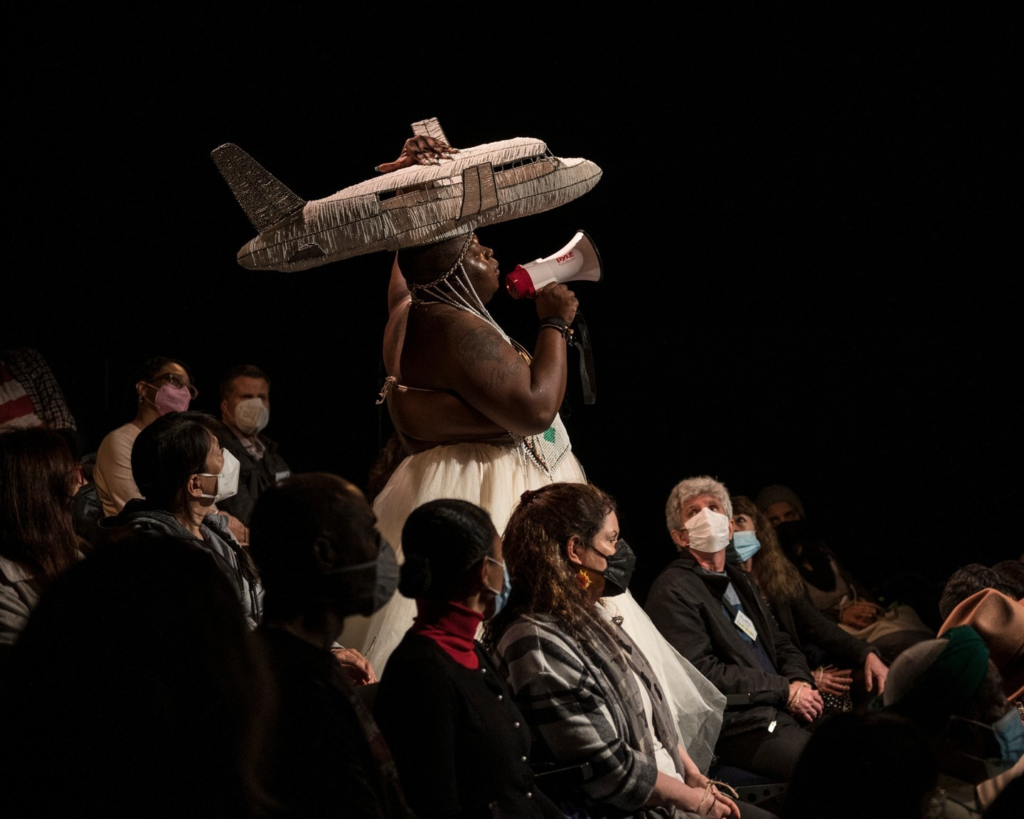Khanyisile Mbongwa, the South African curator, brings a fresh perspective to the Liverpool Biennial. She is shining a spotlight on African art and its reflection in the exhibition. Mbongwa’s curatorial approach focuses on the theme of uMoya: The Sacred Return of Lost Things. The Liverpool Biennial aims to reclaim and restore what silenced voices have taken from them. The biennial showcases artworks that emerge from histories of oppression, presenting liberated expressions of artists. Mbongwa’s intention is to foster a sense of care and healing through her curation.
The exhibition unfolds across various venues, including historic buildings associated with Liverpool’s cotton trade. The exhibition’s narrative centers around the significant role of the city and the cotton industry. Specifically how all this is fueled by the labor of enslaved Africans. Through thought-provoking artworks, the biennial invites the people of Liverpool to engage actively as witnesses. Additionally, it encourages introspection and exploration of their inner selves.

Image courtesy of Instagram.
Torkwase Dyson’s “Liquid a Place” (2021), greets visitors with its weathered steel structures resembling ship hulls immersed in water. The accompanying label explicitly acknowledges the dock’s role in facilitating the Transatlantic Slave Trade. Additionally, it underscores the devastating impact it had on the lives of millions of enslaved Africans. Dyson’s installation serves as a catalyst to examine the history and future of Black spatial liberation strategies.
Moreover, the indigenous Guatemalan artist Edgar Calel‘s “The Echo of an Ancient Form of Knowledge” (2021) presents an arrangement of fruit atop rocks. This seemingly simple composition carries a powerful message, resisting ongoing racism, social exclusion, and cultural erasure faced by Indigenous people.
Sandra Suubi, a Ugandan artist, showcases her series “Samba Gown” (2021) at the Open Eye Gallery. Through salvaged objects, photography, and performance, Suubi addresses gender dynamics and societal issues. The images depict a bridal gown adorned with messages like “Women have no say in the marriage”. What’s more, it juxtapositions the lavishness of the gown with the reality of destitution and environmental degradation. Suubi’s work serves as a statement of resistance against oppressive norms.
Nearby, Mozambican artist David Aguacheiro presents “Take Away” (2018), featuring oil drums piled into a small wooden boat. Surrounding the sculpture are monochrome photographic portraits that convey the experiences of loss, displacement, and tragedy. Aguacheiro’s work highlights how disguised colonizers perpetuate manufactured wars at the expense of the people, echoing the destructive consequences of colonialism.

The Liverpool Biennial not only offers a platform for marginalized and Indigenous artists, but it also faces some challenges. The emergence of a genre known as “emancipated art” can lead to derivative and repetitive expressions, as artists draw from similar histories of duress subject to African art. Artists like Nick Cave and Rebecca Belmore have previously explored themes of ancestry and identity through textiles and clothing, setting a high bar for artists like Suubi and Aguacheiro.
Furthermore, the exhibition sometimes struggles with its framing of African art. Curators often employ a familiar curatorial syntax that positions art in liminal states of ambiguity or new ways of viewing. However, reliance on these clichés can diminish the impact of the artworks on display.
Despite these challenges, the biennial does succeed in certain instances. In the gardens of Liverpool Parish Church, Nigerian artist Ranti Bam presents a series of clay sculptures titled “Ifa” (2021). The sculptures, formed as the clay hardens and cracks over time, evoke themes of youth, fertility, aging, and decay. Their placement in the garden of a church raises questions about nature and faith, offering a poignant and thought-provoking experience.


